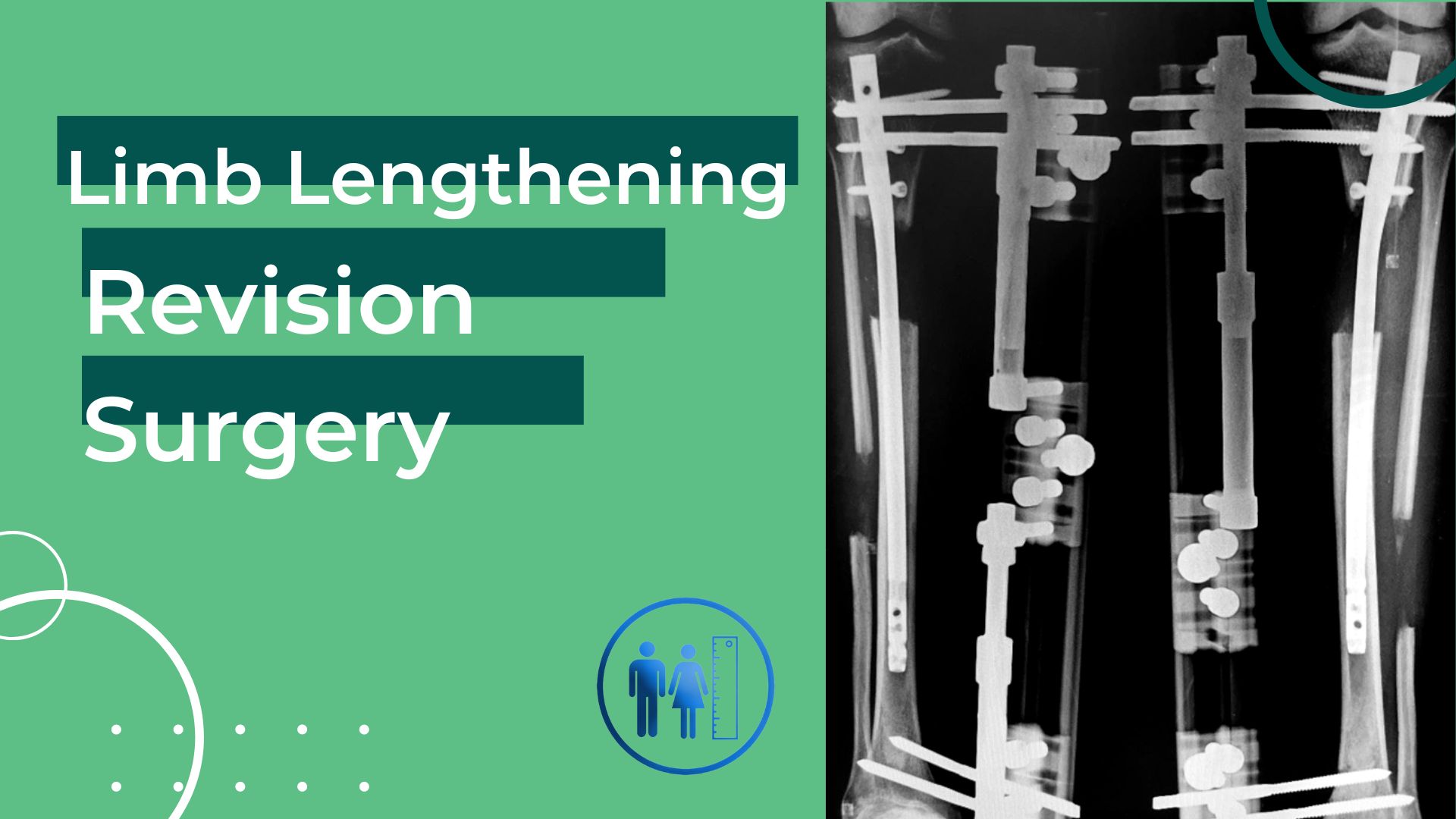
Live
Support AI
Does Lifting Weights Stunt Growth?

The relationship between lifting heavy weights and height growth is at the center of a long-standing debate in the fields of sports science and pediatric orthopedics. This debate, which generally focuses on the physical development of individuals during puberty, revolves around the potential effects of heavy lifting exercises on the growth plates of adolescents. Growth plates are special areas in the bones of children and adolescents that allow for an increase in bone length. The question of whether does lifting weights stunt growth has become particularly prominent in recent years due to the belief that the health of these plates can directly affect an individual's final height.
Before diving into the details of this question, explaining the relationship between growth plates and height growth, and when and how growth plates close, will essentially answer the question within itself. However, for those curious, we can state from the outset that there is no scientific evidence yet to prove that lifting weights hinders height growth. Nonetheless, we would still recommend that adolescents in their developmental period, especially those involved in a sport that includes weightlifting, should consult with a specialist or seek advice before continuing. While we cannot definitively say that lifting weights hinders height growth at this moment, this is due to the absence of clear scientific data. Therefore, consulting with a specialist and proceeding with caution would be a healthier choice.
Does Fitness Shorten Height?
There is no evidence that doing fitness shortens height. In fact, regular exercise and fitness activities are quite beneficial for overall health and help your body function at an optimal level. Fitness increases muscle strength, endurance, and flexibility, and can also improve bone density, supporting bone health in the long term. Although there are some concerns that certain types of exercise, such as lifting very heavy weights during the period when growth plates are still active, could potentially harm the growth plates and possibly affect height growth, the likelihood of any harm that could inhibit height growth is very low when these exercises are performed with the correct technique and under professional supervision.
There is no evidence that doing fitness shortens height. In fact, regular exercise and fitness activities are quite beneficial for overall health and help your body function at an optimal level. Fitness increases muscle strength, endurance, and flexibility, and can also improve bone density, supporting bone health in the long term. Although there are some concerns that certain types of exercise, such as lifting very heavy weights during the period when growth plates are still active, could potentially harm the growth plates and possibly affect height growth, the likelihood of any harm that could inhibit height growth is very low when these exercises are performed with the correct technique and under professional supervision. Overall, balanced and diverse fitness routines and weightlifting support body development and can even improve posture, leading to a more upright stance in some cases. Good posture generally makes an individual appear taller. After the growth plates have closed, the height of adults does not change, so fitness or other physical activities do not shorten the height of adults. However, performing exercises correctly is important for individuals of all ages to prevent injuries and support overall health.
In conclusion, fitness does not shorten height; on the contrary, it improves overall health and body composition while supporting bone health, providing long-term health benefits. When planning your exercise program, considering diversity and a balanced approach is best for your physical and mental health.
When Do Growth Plates Close?
Growth plates actively work until the end of puberty to support natural height growth. This means that individuals have not completed puberty, hence their height still has the potential to increase. Typically, this process ends around the ages of 18 to 21. While the timing of puberty varies for each individual, the period during which growth plates remain active and thus height growth is possible generally corresponds to this age range. Therefore, the activity of growth plates and the potential for height growth continues until individuals reach this age range.
Orthopedics or pediatrics departments are usually responsible for assessing whether growth plates have closed. This assessment is particularly made to answer questions related to the height growth and physical development of children and adolescents. While the orthopedics department examines conditions related to the skeletal system and muscles, the pediatrics department looks at the overall health status of children and adolescents. The most common method for understanding the status of growth plates is X-ray imaging. X-ray images allow doctors to see the structural features of bones in detail, thus providing clear information on whether the growth plates are open or closed.
Why Do Growth Plates Close?
Growth plates are cartilaginous structures located at the ends of long bones, which facilitate bone lengthening during childhood and adolescence. These plates actively produce new bone tissue during an individual's growth phases. However, as puberty ends and the individual reaches adulthood, the growth plates gradually harden and ossify; this process is referred to as "closure of the epiphyseal plates." The primary reasons for this closure process include hormonal changes, genetic factors, and overall health conditions.
Does Height Increase After Puberty?
Biologically, it is not possible to grow taller after puberty because the growth plates have already closed. The use of vitamin supplements, exercise, or your diet cannot reactivate the growth plates, and therefore, an increase in height is not possible.
If you are considering hormone treatments or height-increasing medications among height extension methods, we advise you to conduct detailed research because both methods have specific characteristics that need to be understood. To briefly explain, hormone therapy is a method used for children and is only prescribed by a doctor. It is not applicable to every child and is a "treatment" method applied to children with special developmental conditions. Regarding height increase pills, there is a lot of misinformation. Any supplement or medication taken after the growth plates have closed will not be effective because, as mentioned, the plates are already closed. If you have used or are considering using height-increasing medications available on the market, we recommend consulting with a specialist doctor.
Before concluding our discussion, the last point we want to mention is limb lengthening surgery. The only method available for individuals who have completed puberty to increase their height is limb lengthening surgery. This surgery is a serious surgical operation, and individuals wishing to undergo it must first be examined by a doctor to determine if they are suitable for the surgery. The process begins for patients deemed suitable, but it is very important for individuals to be well-informed and discuss the process in detail with their doctor. If you want detailed information about leg lengthening surgery, you can contact our patient representatives and check out our YouTube patient interview video below.
You will be informed about the lengthening increase, lengthening process, the prices of the surgical methods, the difference of the methods, the risks of the surgery.




